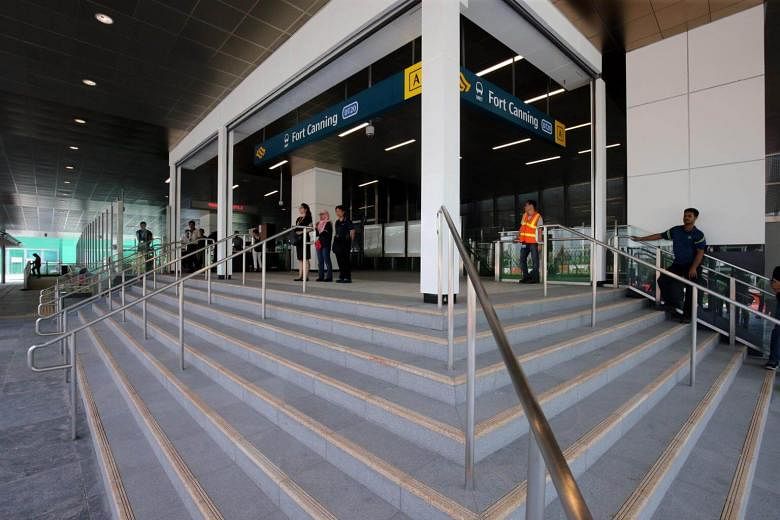In his speech kicking off the celebrations of the Singapore Bicentennial earlier this year, Prime Minister Lee Hsien Loong said: "We are acknowledging and appreciating the broader context which shaped and created today's Singapore."
This is in recognition of the fact that Sir Stamford Raffles did not "discover" Singapore in 1819 as, by the time he arrived in 1819, Singapore had already had hundreds of years of history.
The Singapore Bicentennial marks the 200th anniversary of the arrival of Sir Stamford Raffles.
Its organisers have said they want Singaporeans to engage with colonial history in all its complexity. I believe that is commendable and the right approach.
To this end they have also sought to put Singapore's colonial past in a wider context, tracing its history all the way back to the legend of Sang Nila Utama, the Hindu prince of the Srivijayan Empire, who is said to have landed on Temasek in 1299.
The name of any street should reflect the historical antecedents of that particular precinct.
Fort Canning Road was named after Charles John Canning, the first Earl Canning who was the Governor-General of India from 1856 to 1858, and later the Viceroy of India from 1858 to 1862.
But Earl Canning, who resided in India then, had no meaningful contribution to our local history.
Before the arrival of the British, the local residents called the area Bukit Larangan or Forbidden Hill. This name could be associated with the existence of the Malay Kingdom in that area, given the recent discovery of archaeological evidence there.
Thus, it is more appropriate that the Fort Canning area should reflect its earlier or local history instead of the colonial past.
I suggest that Fort Canning Road be renamed Bukit Larangan Road or Sang Nila Utama Road.
Wan Hussin Zoohri

